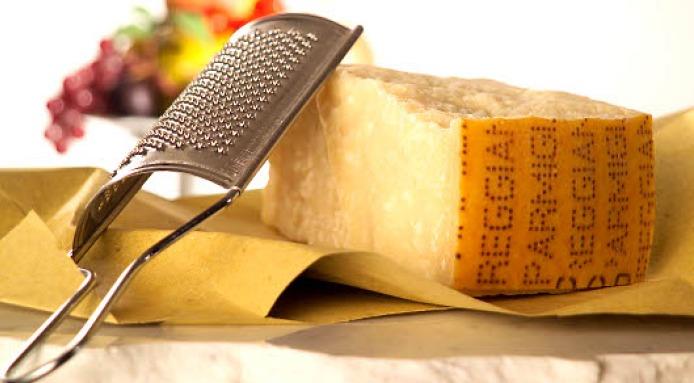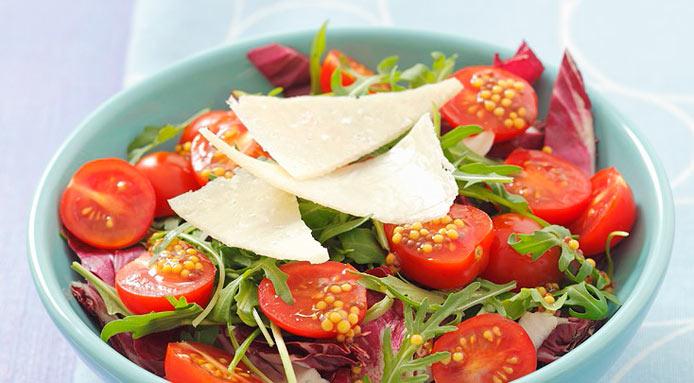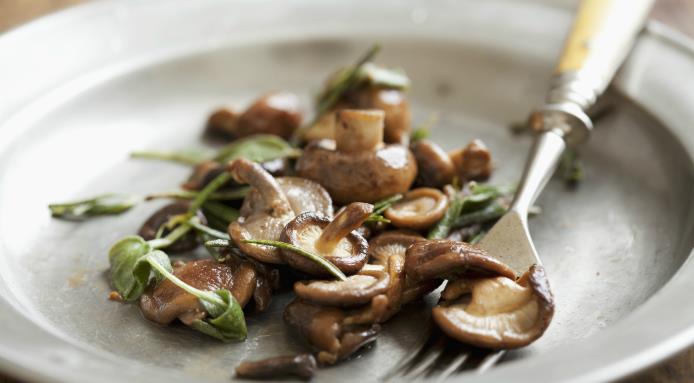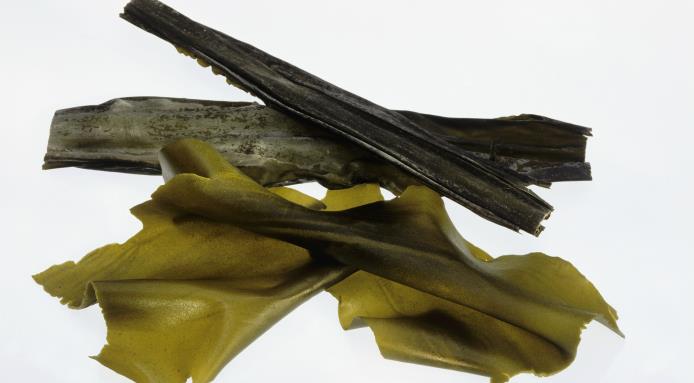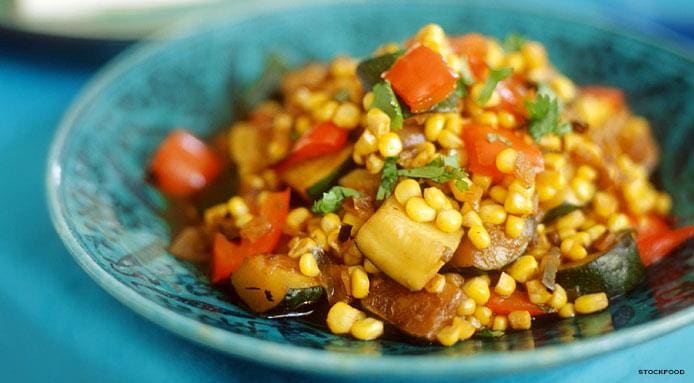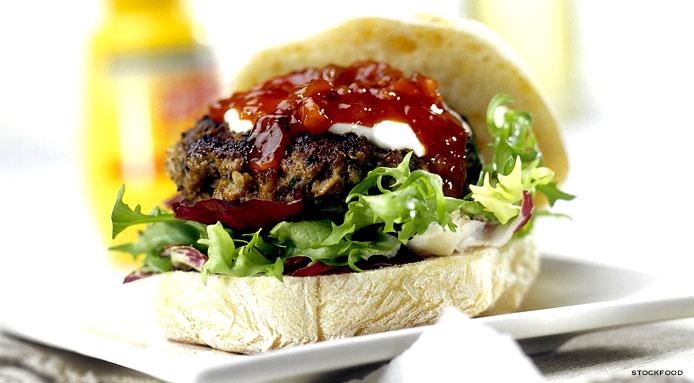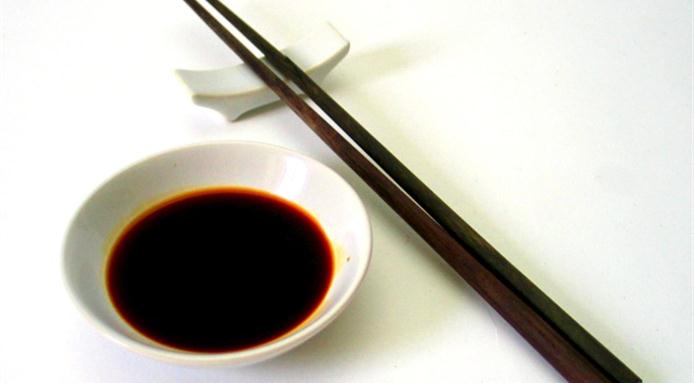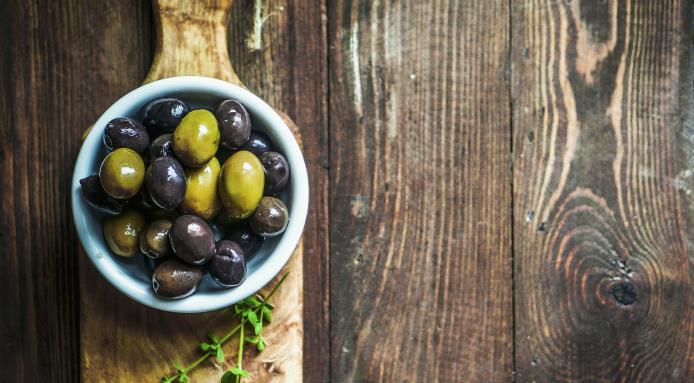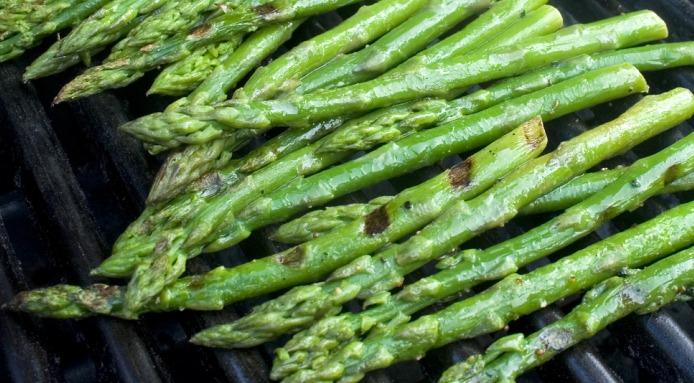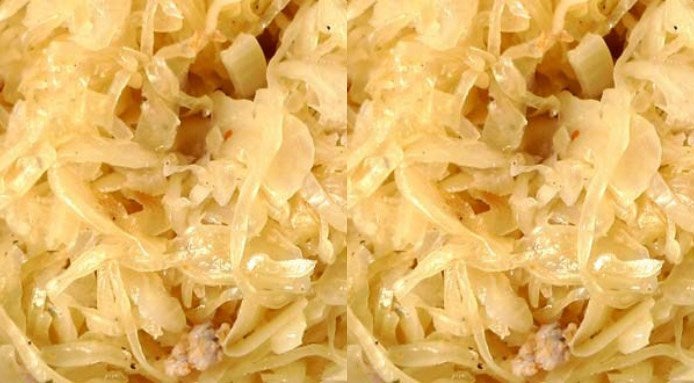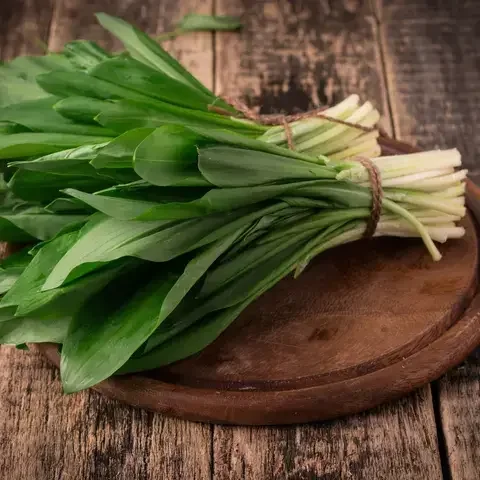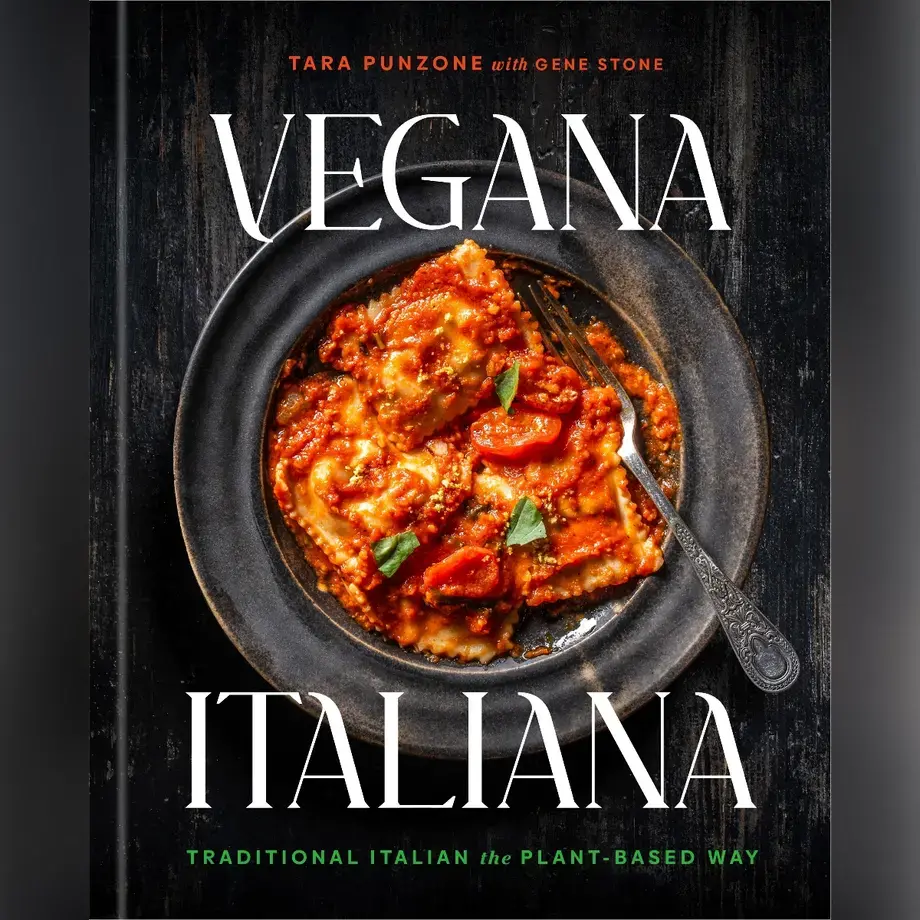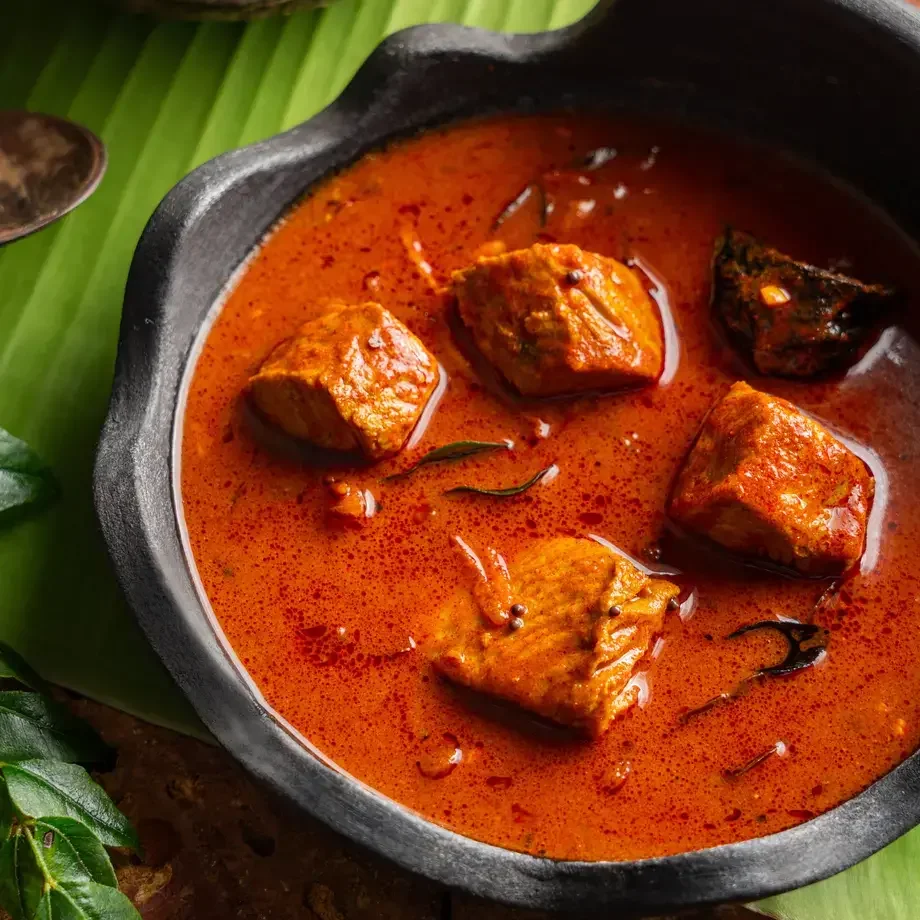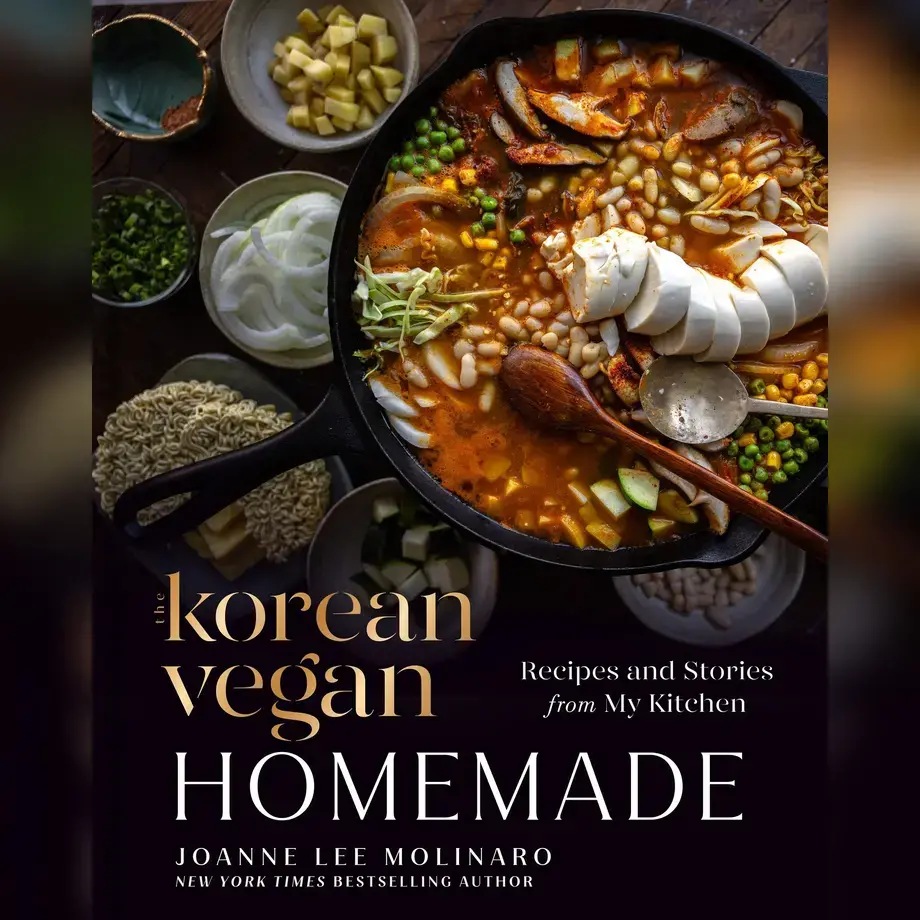That elusive fifth flavour known as umami can be a chef's best friend as well as a diner's dream.
While it's hard to definitively describe, it's the ineffable flavour that keeps us coming back for more. There are a number of foods naturally higher in umami and foods we might well gravitate to whilst seeking the "pleasant savoury taste", as defined by the Umami Information Centre.
Umami has a mild and prolonged aftertaste associated with salivation as it stimulates the throat and various areas of the mouth. Umami by itself is unpalatable but it can be added to a variety of foods to make them taste better, in synergy with classic food pairings such as mature cheese and mushrooms. It is tasted through receptors that usually respond to what are known as glutamates, naturally occurring in meat broths and fermented products. Glutamates can also be artificially added to foods to bring out their umami.
If your dining Achilles' heel is a juicy burger topped off with cheese and tomato ketchup or pasta with tomato sauce topped off with flakes of aged parmesan, or a porcini risotto, or ... ok enough already ... what you are probably craving is more umami!
Here are 10 foods where you can get your umami fix:


